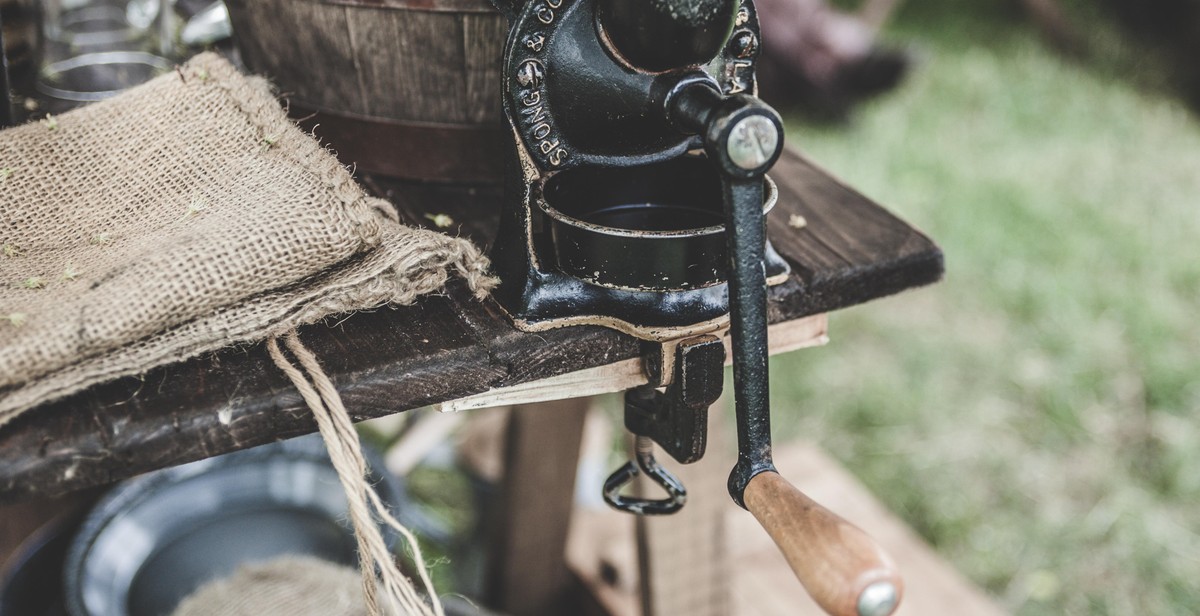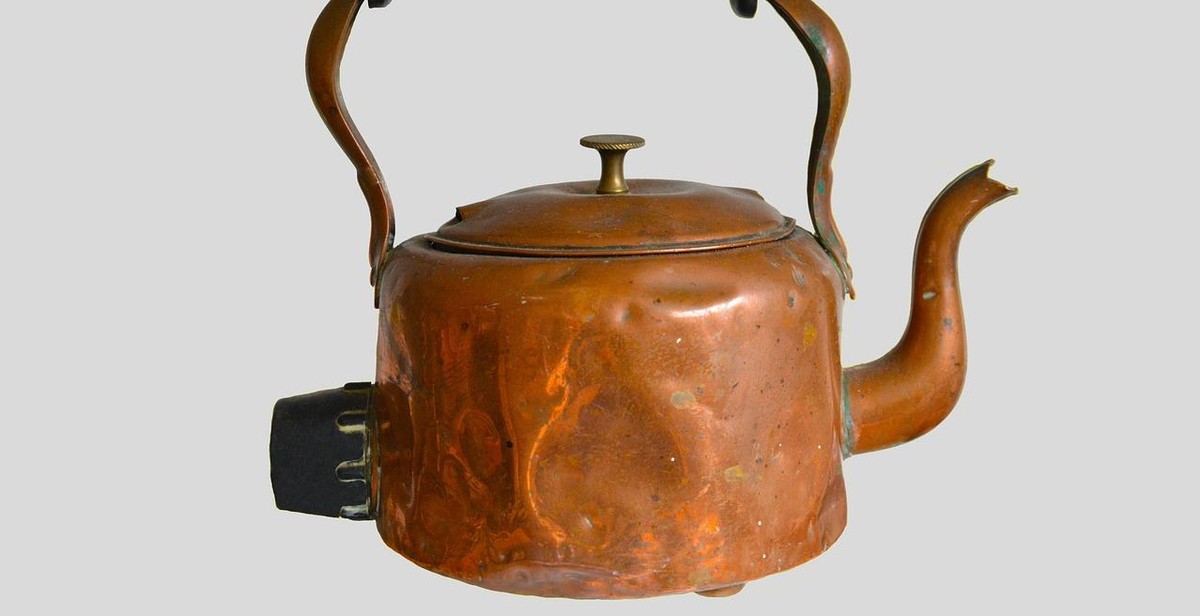How to Brew the Perfect Cup of Brazilian Coffee
Coffee is a beloved beverage around the world, and Brazilian coffee is no exception. With its rich, bold flavor and smooth finish, Brazilian coffee is a favorite of coffee lovers everywhere. Whether you prefer a strong cup of espresso or a smooth and creamy latte, brewing the perfect cup of Brazilian coffee is an art that takes practice and patience.
Choosing the Right Beans
The first step in brewing the perfect cup of Brazilian coffee is choosing the right beans. Look for high-quality, freshly roasted beans that are free from defects and have a rich aroma. Brazilian coffee is known for its low acidity and chocolatey undertones, so look for beans that have these characteristics.
Grinding the Beans
The next step is to grind the beans to the right consistency. For Brazilian coffee, a medium grind is ideal. This will allow for a balanced extraction and a smooth, rich flavor. Avoid grinding the beans too fine, as this can result in a bitter, over-extracted cup of coffee.
Brewing Methods
There are several methods for brewing Brazilian coffee, including drip, French press, and espresso. Each method has its own unique characteristics and requires a different brewing technique. Experiment with different brewing methods to find the one that suits your taste and preferences.
- Drip: This is the most common method for brewing coffee. It involves pouring hot water over the ground coffee beans and allowing the water to drip through a filter.
- French Press: This method involves steeping the coffee grounds in hot water and then pressing the grounds to the bottom of the pot.
- Espresso: This method involves forcing hot water through finely ground coffee under high pressure. It produces a strong, concentrated cup of coffee.
Conclusion
Brewing the perfect cup of Brazilian coffee takes time and practice, but with the right beans, the right grind, and the right brewing method, you can enjoy a delicious cup of coffee every time. Whether you prefer a strong and bold espresso or a smooth and creamy latte, Brazilian coffee is sure to satisfy your coffee cravings.

Choosing the Right Beans
When it comes to brewing the perfect cup of Brazilian coffee, choosing the right beans is crucial. The two main types of coffee beans are Arabica and Robusta.
Arabica vs. Robusta Beans
Arabica beans are known for their delicate flavor and aroma, while Robusta beans are more robust and have a stronger, bitter taste. Arabica beans are typically more expensive than Robusta beans because they are harder to grow and require specific growing conditions.
When choosing between Arabica and Robusta beans, it ultimately comes down to personal preference. If you prefer a milder, sweeter flavor, Arabica beans are the way to go. If you prefer a stronger, more bitter taste, Robusta beans may be more your style.
Roast Level
The roast level of the beans also plays a significant role in the flavor of your coffee. The three main roast levels are light, medium, and dark.
- Light Roast: This roast level is characterized by a light brown color and a mild flavor. Light roast beans have the highest acidity and are often described as having a fruity or floral taste.
- Medium Roast: This roast level is characterized by a medium brown color and a slightly sweeter, more balanced flavor. Medium roast beans have a lower acidity than light roast beans and are often described as having a nutty or chocolaty taste.
- Dark Roast: This roast level is characterized by a dark brown color and a bold, smoky flavor. Dark roast beans have the lowest acidity and are often described as having a caramel or burnt taste.
When choosing the roast level, consider the flavor profile you prefer. If you like a milder, sweeter taste, go for a light or medium roast. If you prefer a strong, bold flavor, a dark roast may be more your style.
| Bean Type | Roast Level | Flavor Profile |
|---|---|---|
| Arabica | Light | Fruity, floral |
| Arabica | Medium | Nutty, chocolaty |
| Arabica | Dark | Caramel, burnt |
| Robusta | Light | Bitter, earthy |
| Robusta | Medium | Chocolatey, woody |
| Robusta | Dark | Charred, smoky |

Grinding the Beans
The grind size of your coffee beans is crucial to the flavor and aroma of your coffee. The size of the grind affects how quickly the water passes through the coffee, which in turn affects the extraction and taste of your coffee. For Brazilian coffee, a medium to medium-fine grind size is recommended.
Why Grind Size Matters
The grind size of your coffee beans is one of the most important factors in brewing a great cup of coffee. The size of the grind affects the surface area of the coffee that is exposed to the water, which in turn affects the extraction and taste of your coffee. If the grind is too fine, the water will have a difficult time passing through the coffee, resulting in over-extracted and bitter coffee. If the grind is too coarse, the water will pass through too quickly, resulting in under-extracted and weak coffee.
Choosing the Right Grind Size
For Brazilian coffee, a medium to medium-fine grind size is recommended. This means that the coffee grounds should be about the same consistency as table salt. This grind size allows for a balanced extraction, resulting in a flavorful and aromatic cup of coffee.
It’s important to note that different brewing methods require different grind sizes. For example, a French press requires a coarse grind, while an espresso machine requires a fine grind. Make sure to adjust your grind size accordingly based on your preferred brewing method.
Grinding Your Beans
It’s recommended to grind your beans just before brewing for maximum freshness and flavor. You can use a burr grinder or a blade grinder to grind your beans. Burr grinders are preferred because they produce a more consistent grind size, while blade grinders can produce uneven grinds. If using a blade grinder, make sure to pulse the grinder instead of letting it run continuously to ensure a more consistent grind.
Remember to measure your coffee beans by weight, not volume, to ensure consistency in your brew. A good rule of thumb is to use 1 to 2 tablespoons of coffee per 6 ounces of water, depending on your desired strength.
| Grind Size | Brewing Method |
|---|---|
| Coarse | French press, cold brew |
| Medium | Drip coffee, pour over |
| Medium-fine | Chemex, Aeropress |
| Fine | Espresso |

Brewing Methods
There are various methods to brew the perfect cup of Brazilian coffee, and each method has its unique taste and aroma. Here are three popular brewing methods:
French Press
The French press is also known as a press pot, coffee press, or plunger pot. It is a simple and classic method that produces a rich and full-bodied cup of coffee. Here’s how to use a French press:
- Grind your Brazilian coffee beans to a coarse consistency.
- Place the coffee grounds in the French press.
- Pour hot water over the coffee grounds and stir.
- Let the coffee steep for 4-5 minutes.
- Press the plunger down slowly to separate the coffee grounds from the liquid.
- Pour the coffee into your favorite mug and enjoy!
Drip Coffee Maker
A drip coffee maker is a convenient and easy-to-use method to brew coffee. It produces a clean and smooth cup of coffee. Here’s how to use a drip coffee maker:
- Fill the water reservoir with cold water.
- Place a filter in the filter basket and add your Brazilian coffee grounds.
- Turn on the drip coffee maker and wait for the coffee to brew.
- Pour the coffee into your favorite mug and enjoy!
Pour-Over Method
The pour-over method is a manual and precise method that produces a clean and bright cup of coffee. Here’s how to use the pour-over method:
- Boil water and let it cool for a minute.
- Place a filter in the pour-over dripper and add your Brazilian coffee grounds.
- Slowly pour hot water over the coffee grounds in a circular motion.
- Wait for the coffee to drip into your favorite mug.
- Enjoy your delicious cup of coffee!
Experiment with these brewing methods to find your perfect cup of Brazilian coffee. Each method has its unique taste and aroma that will satisfy your coffee cravings.

Water Temperature and Ratios
Water temperature and coffee-to-water ratio are crucial factors in brewing the perfect cup of Brazilian coffee. Here are some tips on how to get it right:
Water Temperature
The ideal water temperature for brewing coffee is between 195°F and 205°F (90°C and 96°C). Water that is too hot can over-extract the coffee, resulting in a bitter taste, while water that is too cold can under-extract the coffee, resulting in a weak and sour taste.
To ensure that your water is at the right temperature, use a thermometer or an electric kettle with temperature control. If you don’t have a thermometer, you can boil the water and let it cool for about 30 seconds before pouring it over the coffee grounds.
Coffee-to-Water Ratio
The coffee-to-water ratio determines the strength and flavor of your coffee. The standard ratio is 1:15, which means one part coffee to 15 parts water. However, this can be adjusted based on personal preference.
For a stronger cup of coffee, use a ratio of 1:12 or 1:13. For a weaker cup of coffee, use a ratio of 1:16 or 1:17. Keep in mind that the amount of coffee used will also affect the ratio. Use a kitchen scale to measure the coffee and water accurately.
| Coffee | Water | Cups |
|---|---|---|
| 15 grams | 225 milliliters | 1 |
| 18 grams | 270 milliliters | 1.5 |
| 30 grams | 450 milliliters | 2.5 |
By following these tips on water temperature and ratios, you can brew the perfect cup of Brazilian coffee every time. Experiment with different ratios and temperatures to find your preferred taste and strength.

Brewing Tips
Brazilian coffee is known for its rich and bold flavor, but achieving the perfect cup requires more than just quality beans. Here are some brewing tips to help you make the most out of your Brazilian coffee.
Freshness Matters
The key to a great cup of coffee is using fresh beans. Coffee beans start losing their flavor and aroma as soon as they are roasted. Therefore, it is best to buy whole beans and grind them just before brewing. This ensures that the coffee is as fresh as possible.
When buying coffee, look for a roast date on the package. The closer the roast date is to the date of purchase, the fresher the beans will be. Ideally, you should use the beans within two weeks of the roast date.
Storage Tips
Proper storage is also important for maintaining the freshness of coffee beans. Exposure to air, moisture, and light can cause the beans to go stale. Here are some tips for storing your Brazilian coffee:
- Store the coffee in an airtight container, such as a mason jar or a coffee canister with a tight-fitting lid.
- Keep the container in a cool, dry place, away from direct sunlight and heat sources.
- Avoid storing the coffee in the refrigerator or freezer, as this can cause moisture to condense on the beans, affecting the flavor.
By following these tips, you can ensure that your Brazilian coffee stays fresh and flavorful, resulting in a perfect cup every time.
